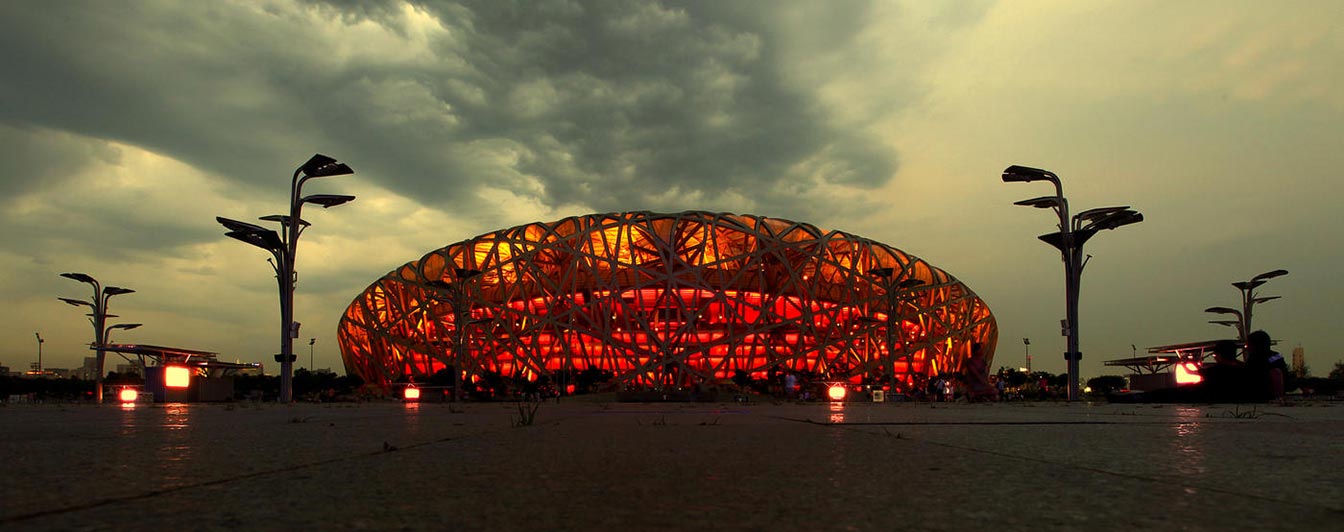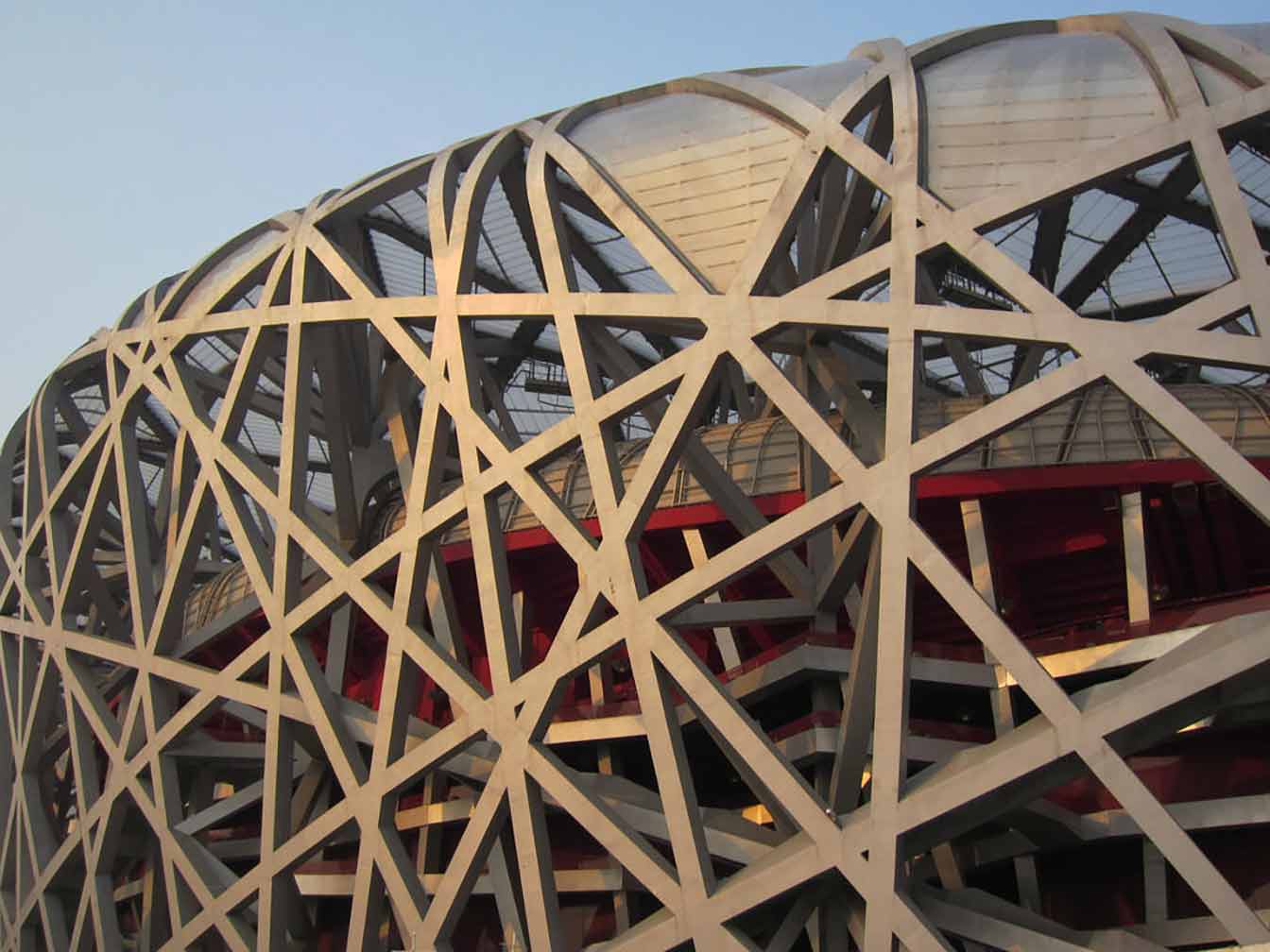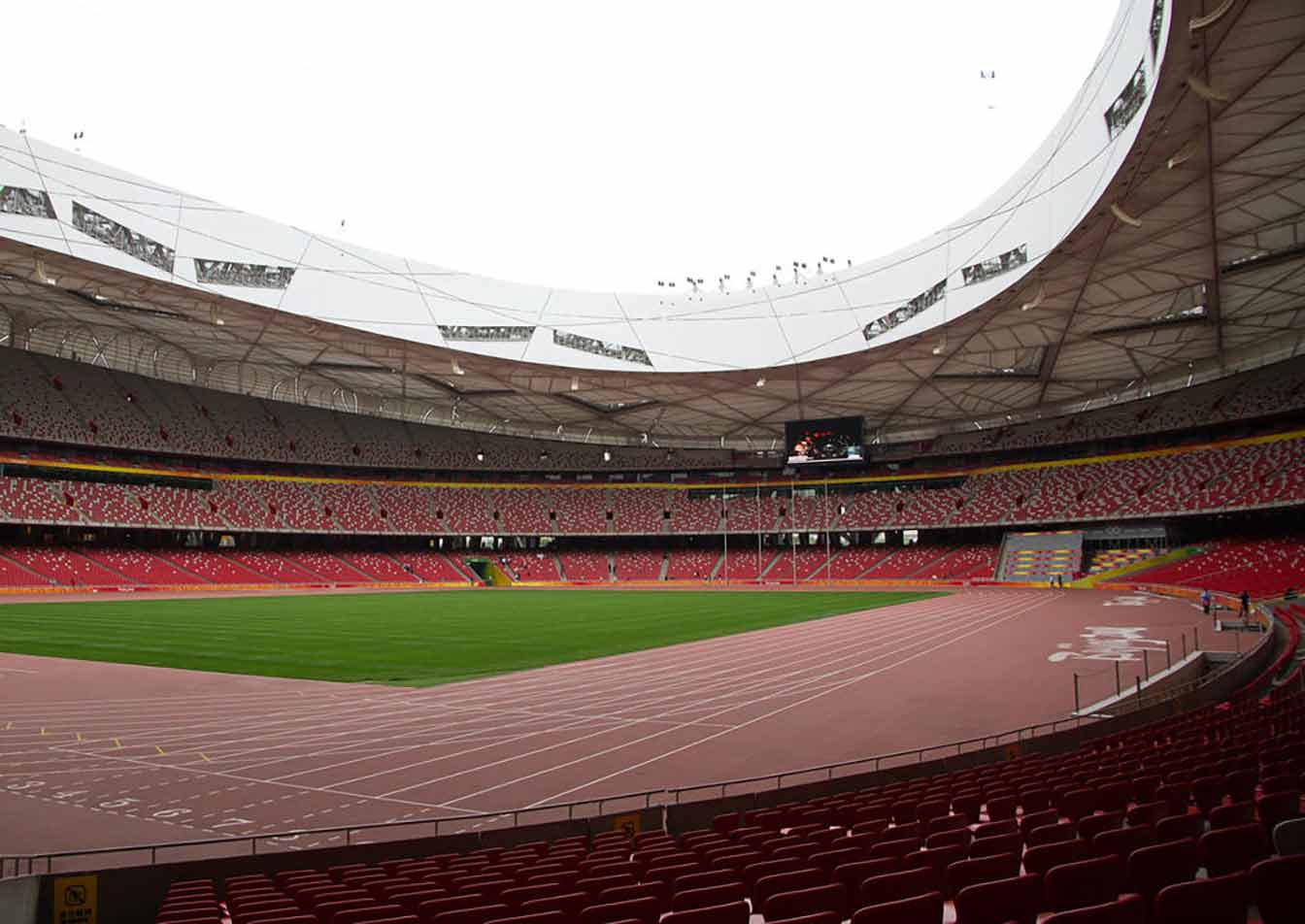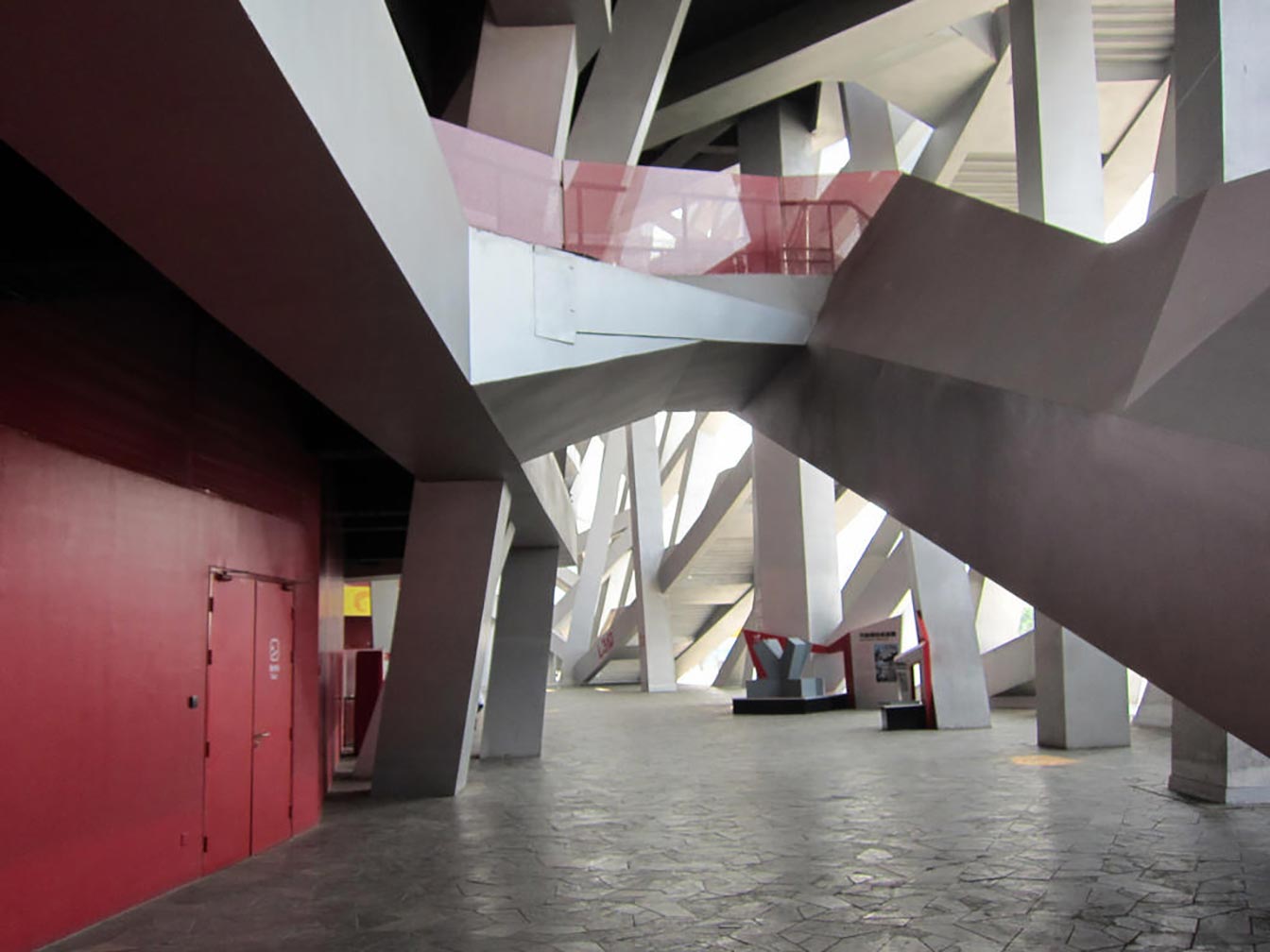China: “Bird's Nest” hosts another Olympics
source: StadiumDB.com; author: Rafał Zagrobelny
 Beijing is the first city in history to host both the summer and winter Olympics. On Friday, China's National Stadium held its second ever opening ceremony!
Beijing is the first city in history to host both the summer and winter Olympics. On Friday, China's National Stadium held its second ever opening ceremony!
Advertisement
The stadium in Beijing, nicknamed “the Bird's Nest”, was built for the 2008 Summer Olympics. At the time, it was the venue for the opening ceremony, athletics events and the final match of the football tournament. From the beginning it was described as a record-breaking facility, and now it has made history once again.
 © Aaron Webb (cc: by-nc-sa)
© Aaron Webb (cc: by-nc-sa)
Never before has the same city hosted the summer and winter games. Friday's opening ceremony sealed this remarkable moment. The parade of athletes specialising in winter sports walked along the same track, where 14 years ago world’s best athletes, sailors and volleyball players had marched.
“The Bird's Nest" caused controversy already at the beginning of its construction, when it turned out that thousands of local residents had to be resettled because of the investment. The project prepared by the Herzog & de Meuron studio was on the one hand unconventional, but on the other difficult to implement.
The source of the problems was the retractable roof. The canopy was originally intended to hide between two independent structures - a bowl with stands and an external steel frame, which also forms a massive facade.
 © Jeremy Reding (cc: by-nc)
© Jeremy Reding (cc: by-nc)
However, when steel prices shot up, the Chinese abandoned the idea. They also explained their decision with concerns about the experimental roof construction. Their fear was strengthened by the collapse of the Charles de Gaulle Airport roof in Paris. It was also decided to reduce the number of seats and deduct 9,000 from the planned 100,000. As a result, the cost of building the stadium dropped, but it still turned out to be unusually high (as for 2008) - $ 423 million.
Immediately after the Summer Games, the stadium became a popular tourist attraction. Afterwards, interest declined and serious problems began to emerge. They were related to the losses generated every year. Even the idea of organising matches between well-known European teams did not help. This is why awarding the Winter Olympics to Beijing was like giving oxygen to a dying man.
 © Clara Alim (cc: by-nc-nd)
© Clara Alim (cc: by-nc-nd)
Let's go back to some interesting facts about the construction of the stadium, because there is a lot to tell. First of all, in 2008 it was one of the largest sports arenas in the world, as the three levels of stands could hold up to 91,000 spectators. After the Olympics, the number of seats was reduced to 80,000, but the venue still impresses with its scale.
The unusual structure used more than 30 kilometres of steel weighing a total of 42,000 tonnes. The steel tangle forming the spectacular facade is said to be the heaviest metal construction in the world. Designers claim the massive structure is like a fortress and should last until the year 2100 without major repairs. According to the engineers' calculations, even an earthquake with a magnitude of 8.0 on the Richter scale would not be a threat to the stadium.
 © Jeremy Reding (cc: by-nc)
© Jeremy Reding (cc: by-nc)
The construction time was very long, extending to 4.5 years. The last works were carried out in the summer of 2008, shortly before the inauguration of the Olympics. This does not mean that the stadium was built with great care. Various defects kept appearing long after the end of the Olympic Games.
The highlight of Friday's opening ceremony was, of course, the lighting of the Olympic flame. People are used to the fact that the flame is usually of an impressive size. This time it was quite different. The organisers arranged just a small torch mounted in the middle of a snowflake, which consists of plaques with the names of all the countries that are competing in China. Therefore, “the Bird's Nest" made history once again.
Advertisement
 StadiumDB
StadiumDB